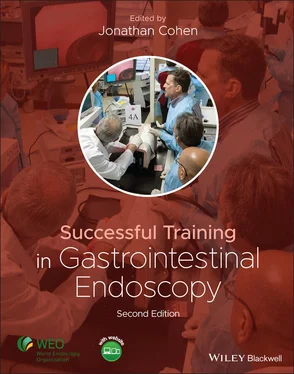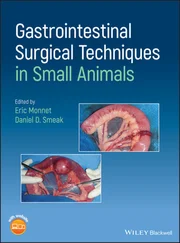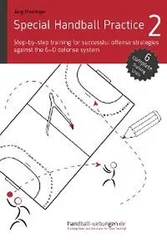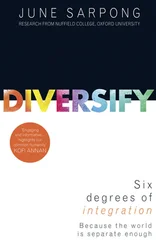Successful Training in Gastrointestinal Endoscopy
Здесь есть возможность читать онлайн «Successful Training in Gastrointestinal Endoscopy» — ознакомительный отрывок электронной книги совершенно бесплатно, а после прочтения отрывка купить полную версию. В некоторых случаях можно слушать аудио, скачать через торрент в формате fb2 и присутствует краткое содержание. Жанр: unrecognised, на английском языке. Описание произведения, (предисловие) а так же отзывы посетителей доступны на портале библиотеки ЛибКат.
- Название:Successful Training in Gastrointestinal Endoscopy
- Автор:
- Жанр:
- Год:неизвестен
- ISBN:нет данных
- Рейтинг книги:3 / 5. Голосов: 1
-
Избранное:Добавить в избранное
- Отзывы:
-
Ваша оценка:
- 60
- 1
- 2
- 3
- 4
- 5
Successful Training in Gastrointestinal Endoscopy: краткое содержание, описание и аннотация
Предлагаем к чтению аннотацию, описание, краткое содержание или предисловие (зависит от того, что написал сам автор книги «Successful Training in Gastrointestinal Endoscopy»). Если вы не нашли необходимую информацию о книге — напишите в комментариях, мы постараемся отыскать её.
Teaches trainee gastroenterologists the endoscopic skills needed to meet the medical training requirements to practice gastroenterology and helps clinical specialists refresh their skills to pass their recertification Successful Training in Gastrointestinal Endoscopy, Second Edition
Successful Training in Gastrointestinal Endoscopy, Second Edition
Successful Training in Gastrointestinal Endoscopy — читать онлайн ознакомительный отрывок
Ниже представлен текст книги, разбитый по страницам. Система сохранения места последней прочитанной страницы, позволяет с удобством читать онлайн бесплатно книгу «Successful Training in Gastrointestinal Endoscopy», без необходимости каждый раз заново искать на чём Вы остановились. Поставьте закладку, и сможете в любой момент перейти на страницу, на которой закончили чтение.
Интервал:
Закладка:
Intermediate motor skills
Most trainees should be secure with the basic motor skills relatively quickly (roughly the first 30–50 colonoscopies). After that, the long process of mastering the intermediate skills becomes the next hurdle toward competence. These skills of navigating acute turns and managing loops are the most difficult skills for trainees to acquire. The nuances of these skills require a heightened awareness and understanding between what the eyes are seeing and what the right hand is feeling in respect to the degree of resistance, effectiveness of torquing, and fixation of the colon. It is also often difficult for staff to know how to advise on the management a specific difficult turn or loop without taking the scope personally to get a sense of how things “feel.” This makes teaching these skills difficult. More often than not, staff will simply take over the scope and advance the scope past the area of difficulty and then return the scope to the trainee with little explanation of exactly how this was accomplished. In order for fellows to grasp these nuances, a keen understanding of what is going on three‐dimensionally with the scope and loops of colon are key. Multimedia video can be of utility so that conceptually trainees can understand in general how loops develop, how different maneuvers can be used to open up turns, and how force vectors can be affected by these different techniques. Simulation can also help trainees practice some of these techniques and begin to get a sense of how these situations “feel.” Ex vivo models come close to mimicking the elasticity and feel of live tissue; however, nothing thus far can completely replace actual practice during live endoscopy [36]. For advanced endoscopic motor skills such as hemostasis techniques, training with ex vivo models have been shown to translate to improved patient‐based hemostasis skills and improved outcomes [37]. More will be discussed on this elsewhere in this text.
A less common but much more effective teaching device is the use of an external scope locating device such as ScopeGuide ®(Olympus, Center Valley, PA) [38]. This device can create real‐time visual image of how the scope is looped or positioned in an actual human colon during live cases. It does so by using a magnetic field to passively detect special markers along the length of a scope (or along a special cable in a regular scope's biopsy channel). The real‐time images allow the fellow to correlate what is being felt and seen with what is actually happening inside the patient. It can also show the effectiveness of reduction maneuvers. Despite the usefulness of such a device, these are rarely used due to cost, availability in the United States, and limited awareness of such tools. Instead, most trainees gain a sense of what is occurring inside the patient simply with greater and greater volumes of experience during patient training.
 Assessment of these motor skills can be achieved by a number of means. Spot checks of these skills can be accomplished using ex vivo simulation models where a set of tasks need to be performed satisfactorily and are graded in a standardized method. These types of exams are referred to as objective structured clinical examinations (OSCE) and are frequently used in surgical training [39–41]. The ideal model for this would be a bovine ex vivo colon model ( Figure 6.34) (Videos 6.11 and 6.12) . This model has been validated as a tool for assessment of competence in intermediate colonoscopy skills [34]. It has some distinct advantages over computer simulation in that the anatomy can be made as easy or difficult as desired based on the skill level of the user. Additionally, real endoscopes and therapeutic devices are used as opposed to the simulated tools used with computer simulators. This advantage can also be a major disadvantage, as the need for endoscopy equipment and laboratory space dedicated to animal training are not available at most institutions. Two alternative options to setting up a dedicated laboratory would be to utilize regional training centers such as the ASGE's animal laboratories or to bring in a group that will set up a temporary ex vivo training laboratory. Regardless of the method used, OSCE exams in general are costly from the respect of time to set up and personnel to precept exams. As such, OSCEs are best used as a summative type of exam (for a grade or for some form of certifying exam). For most centers, however, the assessment of these intermediate motor skills will still simply take place in the endoscopy suites during clinical cases. It should be stressed that this bedside assessment should incorporate objective measures that are recorded using a form such as the standardized assessment tool as discussed below. This assessment method is cheap, efficient, and can provide continuous monitoring of both cognitive and motor skills during fellows' progress through training. This can be performed with every procedure, which provides the most accurate assessment of a trainee's progress or on a periodic basis such as monthly or alternatively during every 25th or 50th colonoscopy.
Assessment of these motor skills can be achieved by a number of means. Spot checks of these skills can be accomplished using ex vivo simulation models where a set of tasks need to be performed satisfactorily and are graded in a standardized method. These types of exams are referred to as objective structured clinical examinations (OSCE) and are frequently used in surgical training [39–41]. The ideal model for this would be a bovine ex vivo colon model ( Figure 6.34) (Videos 6.11 and 6.12) . This model has been validated as a tool for assessment of competence in intermediate colonoscopy skills [34]. It has some distinct advantages over computer simulation in that the anatomy can be made as easy or difficult as desired based on the skill level of the user. Additionally, real endoscopes and therapeutic devices are used as opposed to the simulated tools used with computer simulators. This advantage can also be a major disadvantage, as the need for endoscopy equipment and laboratory space dedicated to animal training are not available at most institutions. Two alternative options to setting up a dedicated laboratory would be to utilize regional training centers such as the ASGE's animal laboratories or to bring in a group that will set up a temporary ex vivo training laboratory. Regardless of the method used, OSCE exams in general are costly from the respect of time to set up and personnel to precept exams. As such, OSCEs are best used as a summative type of exam (for a grade or for some form of certifying exam). For most centers, however, the assessment of these intermediate motor skills will still simply take place in the endoscopy suites during clinical cases. It should be stressed that this bedside assessment should incorporate objective measures that are recorded using a form such as the standardized assessment tool as discussed below. This assessment method is cheap, efficient, and can provide continuous monitoring of both cognitive and motor skills during fellows' progress through training. This can be performed with every procedure, which provides the most accurate assessment of a trainee's progress or on a periodic basis such as monthly or alternatively during every 25th or 50th colonoscopy.
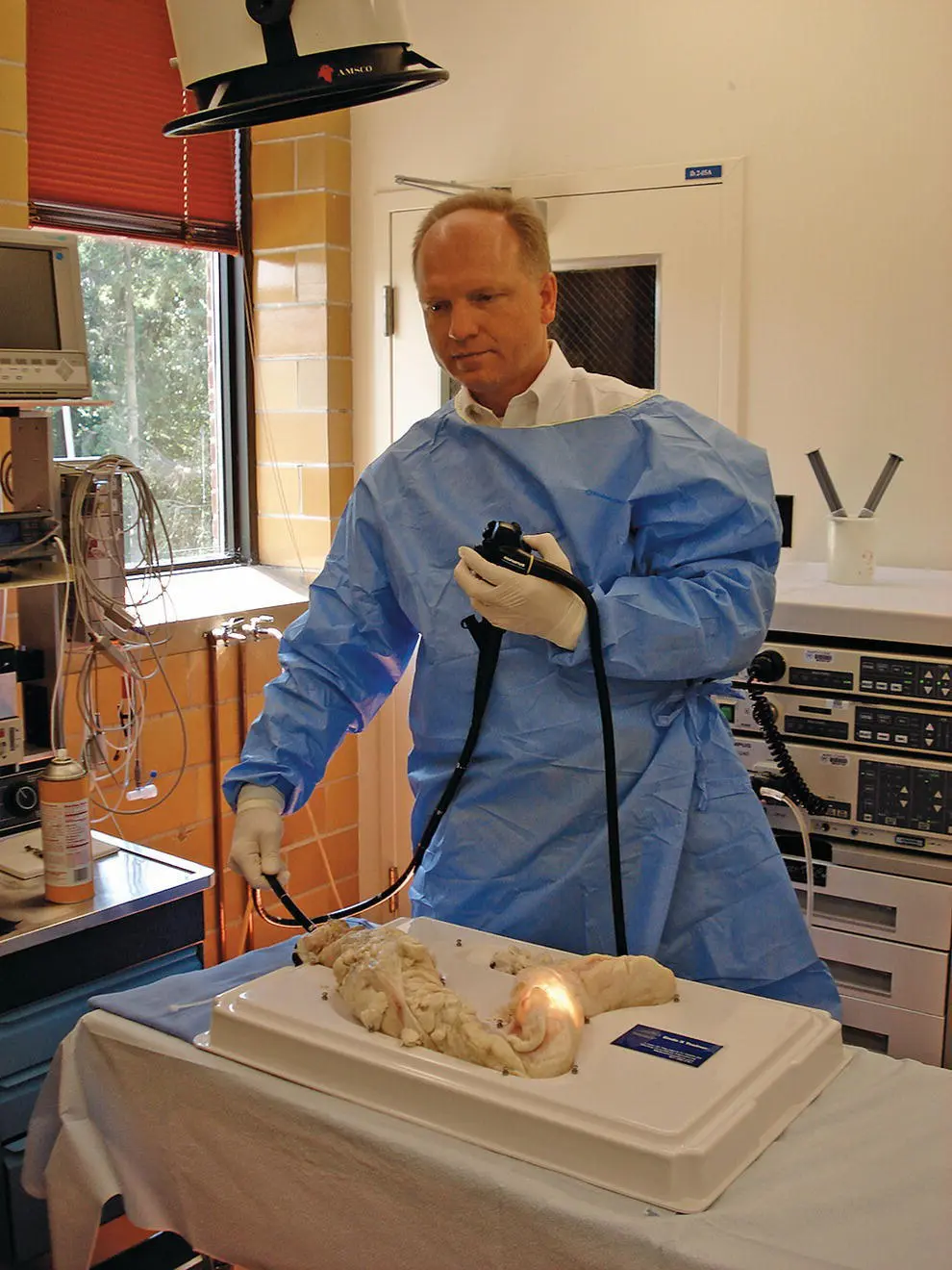
Figure 6.34 An endoscopist practices on an ex vivo bovine colon model.
For terminal ileum intubation skills, there really is no substitute for patient‐based experience. Computer and ex vivo animal models do not recreate the valve adequately to be effective either for learning or for assessing this skill. Instead, practice of valve intubation with every colonoscopy should be encouraged during training. This allows the required repetition needed both to gain this skill as well as to allow programs to accurately assess and monitor ileal intubation rates in an ongoing manner.
Ongoing assessment
Suggestions as to the ideal method for training and assessment have been made for each of the cognitive and motor skills addressed in this chapter ( Table 6.2). In each section, reference to the need for ongoing assessment was made. This is to allow the ability to document when a fellow has reached the threshold of competence and more importantly to help define what factors equate to competence. This continuous monitoring is something rarely done at most institutions. For greater than 15 years, experts in endoscopy education have been calling for continuous measurements of fellows' skills as they progress toward competency [42, 43]. In recent years, greater emphasis has been placed on the documentation of competence by professional organizations such as ASGE and training regulatory bodies such as the Residency Review Committee (RRC) of the American College of Graduate Medical Education (ACGME). This section will focus on the development and use of one such method of ongoing skills assessment from the beginning of training until graduation.
Many institutions utilize a global evaluation system, where, toward the end of training, supervising staff make subjective recommendations as to the preparedness of the trainee to operate alone. Though commonly used, this type of assessment is profoundly subjective in nature and is prone to significant biases. It also does not allow for early identification of learners below the average learning curve nor provide ample time as graduation draws close to remediate these fellows. Instead, professional societies have tried to develop recommendations in order to standardize training. Unfortunately, these recommendations are based on a few publications of learning curve data that have very small numbers of subjects, are predominantly retrospective data, and focus on very narrow definitions of competency based primarily on cecal intubation rates [42–45]. As a result of these data, it has been suggested that a minimum of 140 colonoscopies should be performed by a trainee before competency can be assessed [46]. However, these competency guidelines make only one suggestion as to what benchmarks define competence (cecal intubation rate). The ASGE suggests that an “90% technical success” at reaching the cecum is needed to be deemed minimally competent [47]. Though better defined, this is still only one parameter of performance and does not take into account all of the other motor or cognitive skills. The RRC guidelines state, “Assessment of procedural competence should not be based solely on a minimum number of procedures performed, but on a formal evaluation process.” What is needed is the development of an ongoing, formalized assessment that assesses a broad range of both motor and cognitive skills ( Table 6.3).
Читать дальшеИнтервал:
Закладка:
Похожие книги на «Successful Training in Gastrointestinal Endoscopy»
Представляем Вашему вниманию похожие книги на «Successful Training in Gastrointestinal Endoscopy» списком для выбора. Мы отобрали схожую по названию и смыслу литературу в надежде предоставить читателям больше вариантов отыскать новые, интересные, ещё непрочитанные произведения.
Обсуждение, отзывы о книге «Successful Training in Gastrointestinal Endoscopy» и просто собственные мнения читателей. Оставьте ваши комментарии, напишите, что Вы думаете о произведении, его смысле или главных героях. Укажите что конкретно понравилось, а что нет, и почему Вы так считаете.
